Pontius Pilate Coins
Var
- Regular price
- $250.00
- Sale price
- $250.00
- Regular price
No video available for this product.
Because of its authenticity, each coin is a one-of-a-kind artifact, bearing its own distinct perfections and imperfections from its ancient minting process. This uniqueness means you must select the exact coin you wish to own, making it a truly personal piece of history.

The Symbols

The Symbols
Obverse: TIBEPIOY KAICAPOC (of Tiberius Emperor) with a lituus (augurs’ wand)
Reverse: The date (between 30-32 CE) within a laurel wreath

The Story

The Story

Technical Details

Technical Details

Certificate of Authenticity

Certificate of Authenticity
Every coin comes with a Certificate of Authenticity, assuring you of its unique design, minting, and production in Israel.
This certificate confirms the coin's quality, crafted exclusively in the Holy Land, and solidifies your investment in a piece of history.

Charity Contribution

Charity Contribution
Each coin purchase contributes to meaningful causes. You have the power to choose a charity from our selected partners:
Leket
Mikdash Educational Center
OnePeople Israel
Israeli Children's Fund
Yad Vashem
Zaka
more to come...
More about the charities
Your investment extends beyond collecting - it's an act of giving and making a difference in the world.

Customer Service

Customer Service
Comprehensive Customer Care: Before, During, and Beyond
Our commitment to exceptional service accompanies you throughout your journey with us.
Pre-Purchase: Explore our collection with guidance from our experts, ensuring you find the perfect piece.
............
During Purchase: Experience a seamless, secure transaction with real-time support for any inquiries.
............
Post-Purchase: Our dedication continues after you receive your coin. We offer ongoing support, care advice, and are always available to answer any further questions, ensuring your complete satisfaction and a lasting relationship beyond your purchase.
............
Call: +972-547343494
Email: info@temple-coins.com

Return Policy

Return Policy
Peace of Mind with Our Refund Policy
Shop confidently knowing you have a 30-day return policy for undamaged, unused items in original packaging.
While certain items like gift cards and perishable goods are not returnable, most items, including regular-priced coins, are eligible.
If there's an issue, refunds are processed promptly upon item inspection.
For gifts, receive a gift credit if returned. Shipping costs are non-refundable, and we recommend trackable shipping for valuable items.
Feel secure with every purchase, knowing we're here to support you every step of the way.
Couldn't load pickup availability
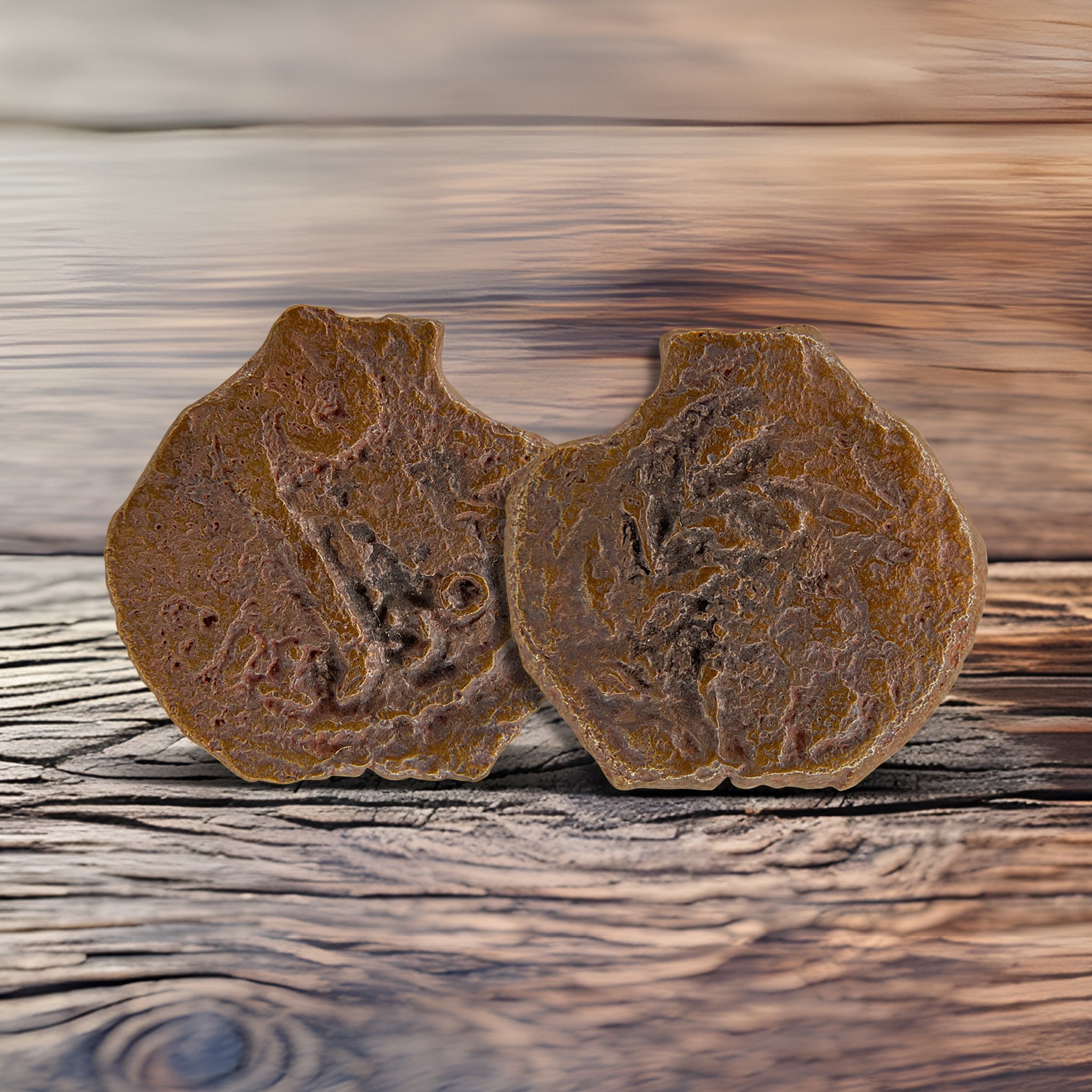
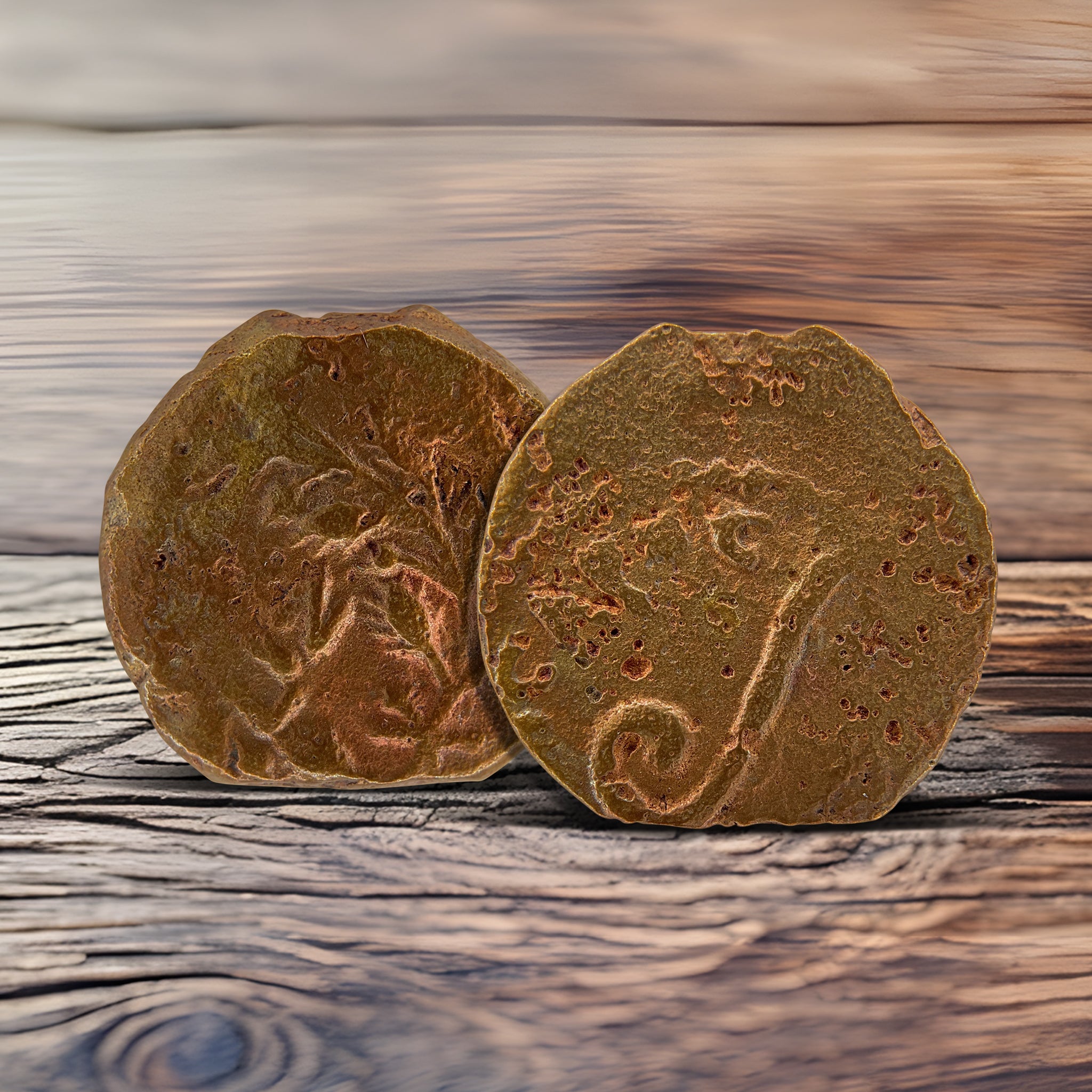
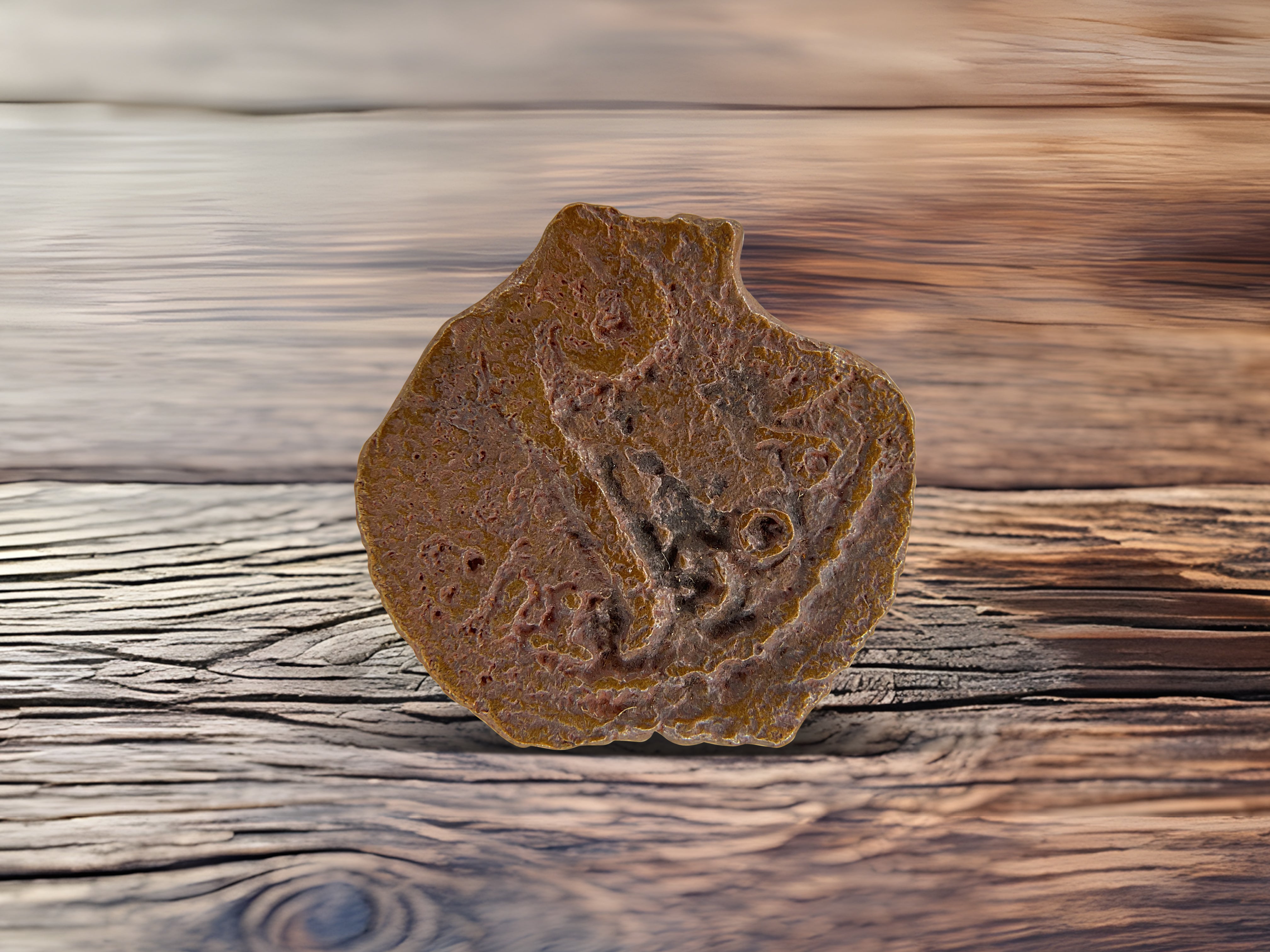
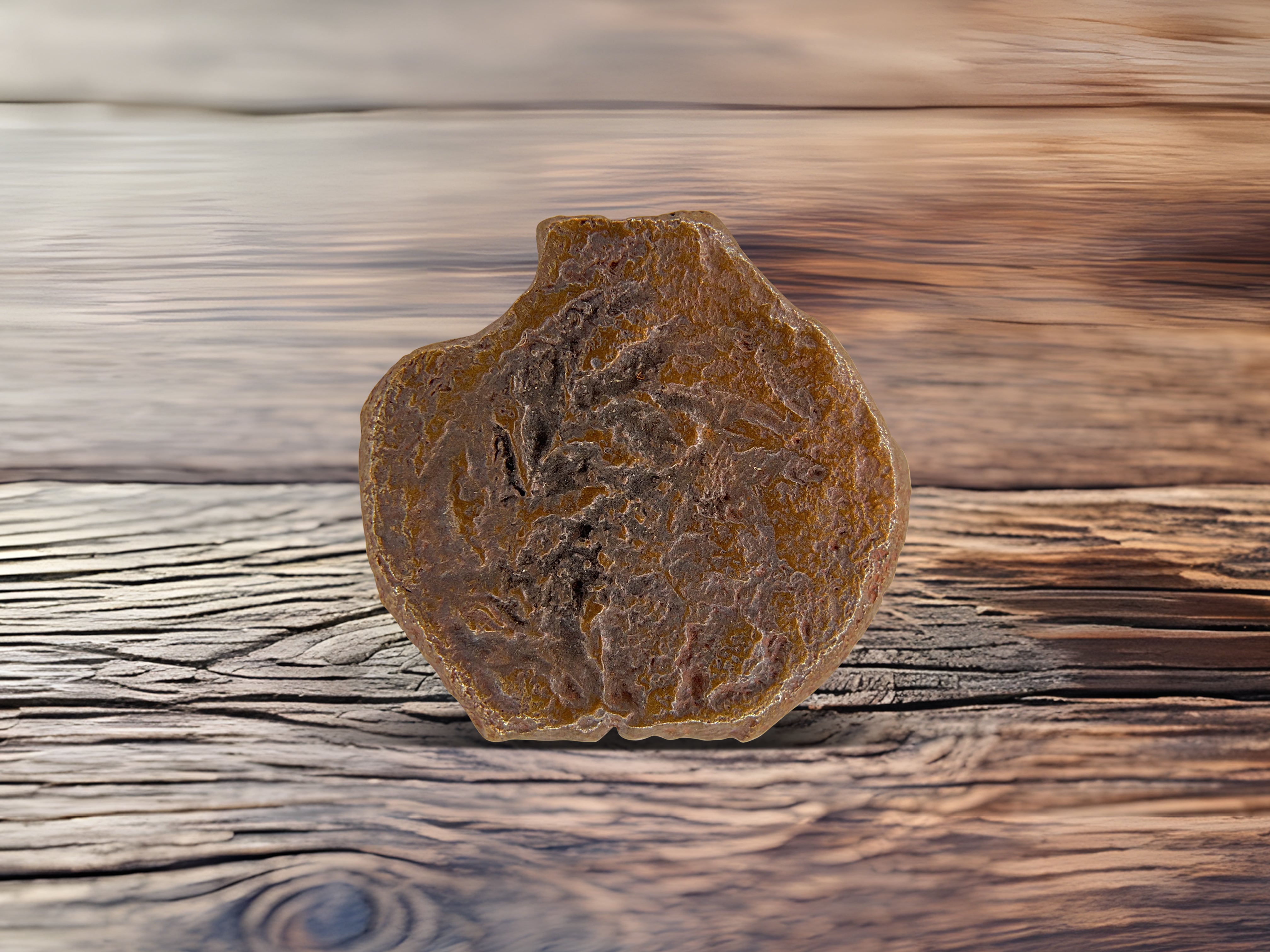

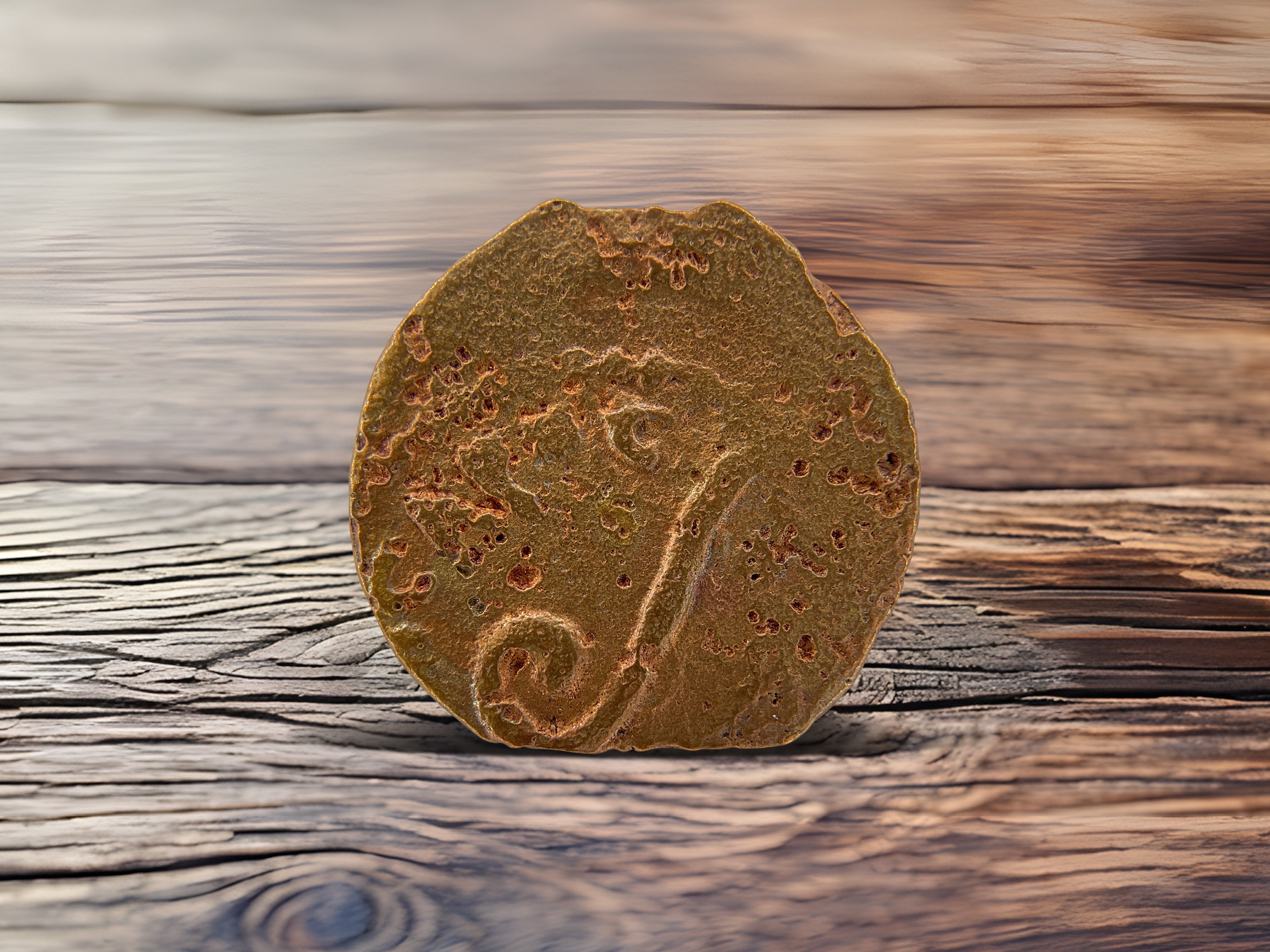
Precision-Crafted Numismatic Marvels


Masterful Craftsmanship
This coin is a product of skilled artisanship, combining traditional techniques with modern precision to ensure unparalleled quality and detail.


Exceptional Collector's Value
Our coins are not just pieces of metal but investments in history. Their rarity and craftsmanship make them highly sought-after in the numismatic community, promising lasting value.
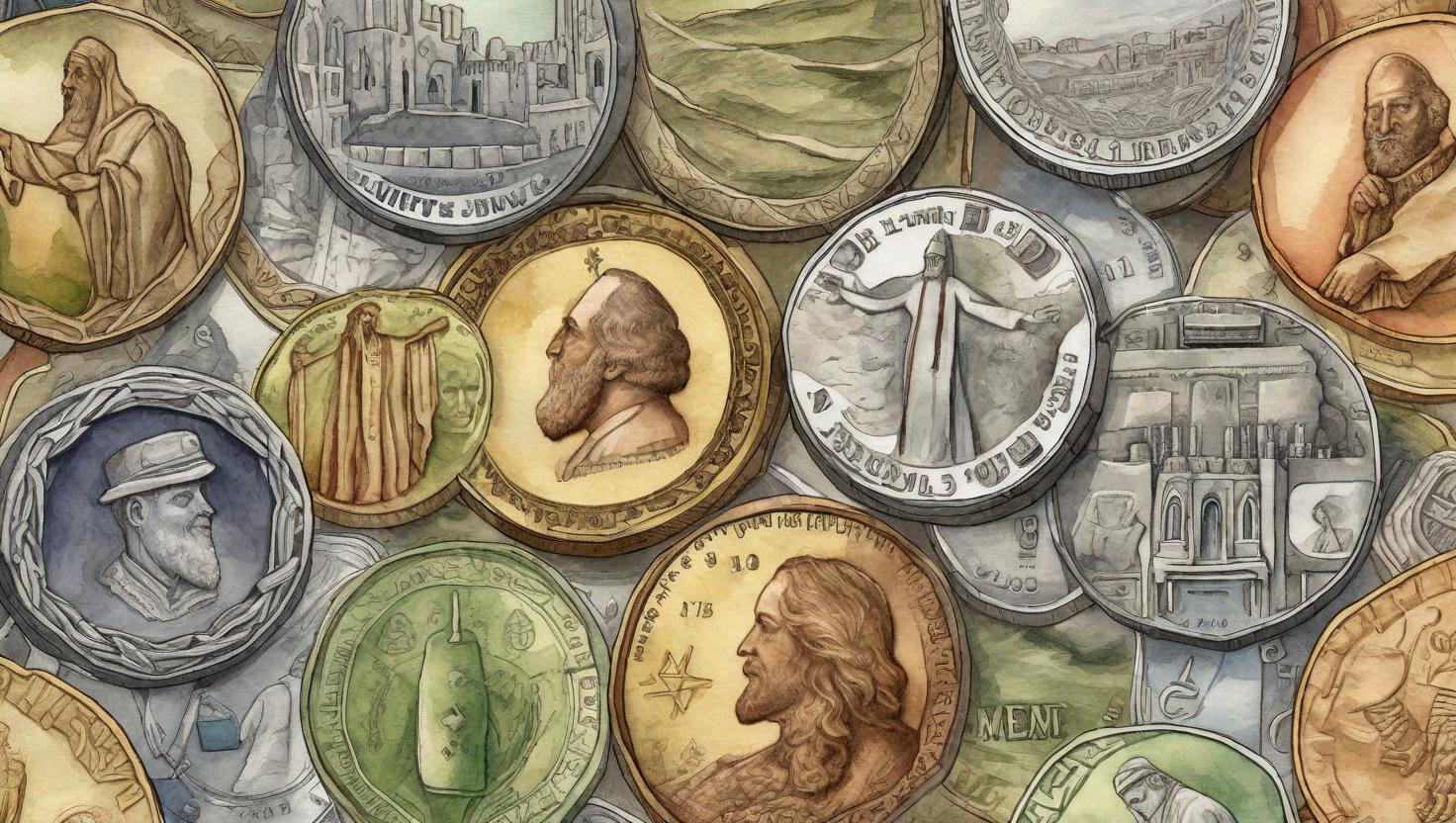
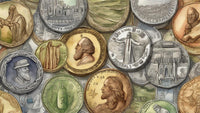
Elegance Across Eras
Each coin is a testament to timeless elegance, merging historical significance with exquisite design. A perfect blend of art and history, they are crafted to be cherished and admired by generations.
You May Also Like























